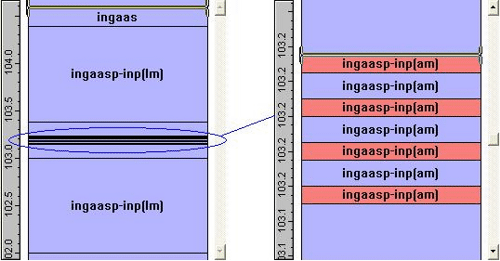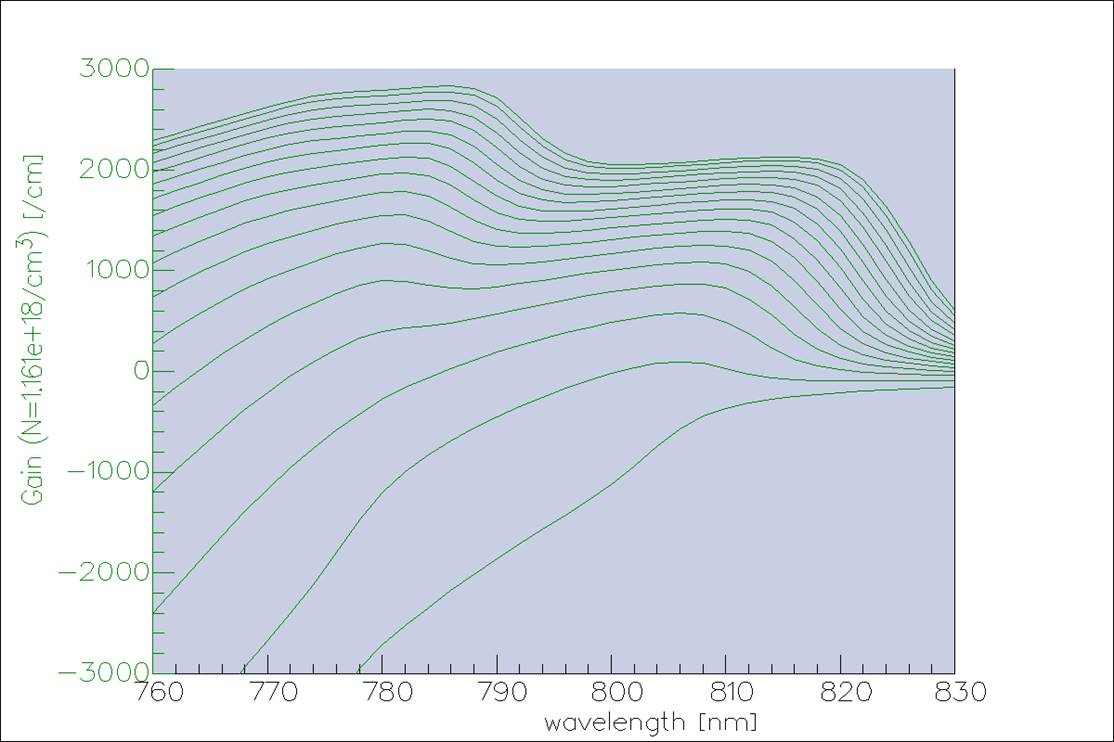HaroldA hetero-structure laser diode model |
    |
IntroductionWhat is Harold?HAROLD is an advanced hetero-structure simulator for modelling Fabry-Perot and VCSEL quantum well lasers with near-arbitrary vertical structure and layer compositions. It is based on well-established physical models which account for a large number of physical processes, thus enabling one to obtain a very comprehensive set of simulation results by which one can test and improve one’s laser designs. Devices can be simulated in both 1D (vertical) and 2D (vertical-longitudinal, or XY), operating under pulsed (isothermal) or CW (self-heating) conditions. An additional XY Laser Module allows one to perform 2D lateral-vertical (XY) simulations starting from a full physical description of the laser’s cross-section. The cross-section can include graded etching and insulating layers, and have n and p-contacts on the same side. This is ideal for studying the effects of lateral structure in both ridge waveguide lasers and SOI hybrid lasers. The Harold QCSE Module includes a Quantum-Confined Stark Effect (QCSE) model allowing you to model electro-absorption modulators and electro-refractive modulators. As well as being a laser simulator in its own right, Harold can export material models to Photon Design’s circuit simulator, PICWave, thereby allowing results from its detailed physical model to be incorporated into larger, more complex devices for fast simulation in the time domain.
PC min spec: Win 8/10 x64, 4GB RAM, Intel Haswell, AMD Ryzen2 or later CPU.
|






